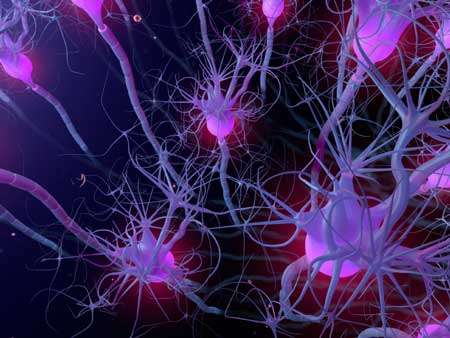Stressful early-life experiences can have profound effects on lifelong physical and mental health and well-being. Emotional abuse during childhood increases the risk of developing substance abuse and obesity and may predispose a person to depression and anxiety more than physical maltreatment alone. But little is known about the neurobiology of these affects, particularly in adolescents. This study explored how exposure to physical or emotional stress impacts gene expression and synaptic plasticity in the nucleus acumens (NAc) of both adolescent and adult mice.

The NAc plays a central role in the brain’s reward system. It receives dopaminergic input from the ventral tegmental area (VTA), and together these brain areas form part of the mesolimbic dopamine system, responsible for mediating the effects of both natural and drug-related rewards. In this study, investigators found that exposure to emotional stress or physical stress disrupts social interaction and induces unique, age-dependent adaptations in gene transcription, protein phosphorylation, and synaptic plasticity in the NAc. Specifically, stress differentially influenced the expression of genes involved in mood regulation and stress resilience, including ERK2, FosB and CREB in the NAc of adolescent and adult mice. In addition, exposure to physical stress led to increased spine density in the NAc of both adolescent and adult mice, while emotional stress only induced increased spine density in adolescent mice. These findings suggest that the adolescent NAc undergoes substantial restructuring, even after more subtle stressors, and highlight the increased vulnerability of the brain’s reward system during adolescence.
